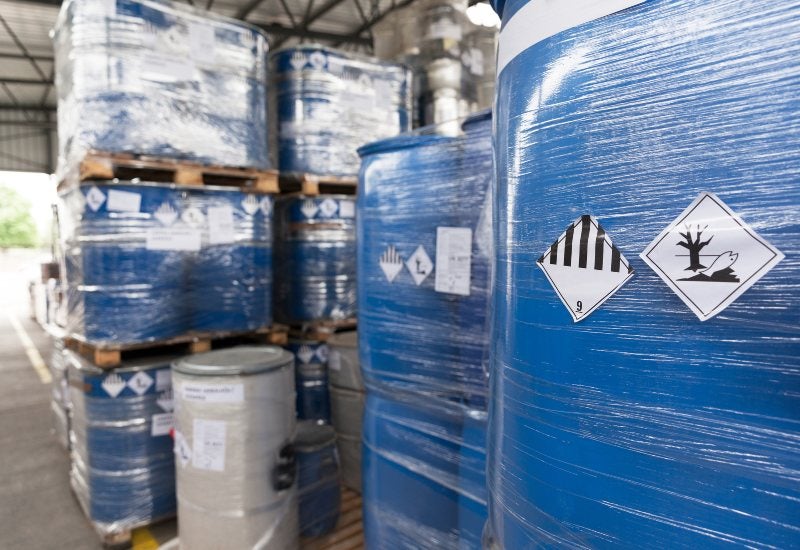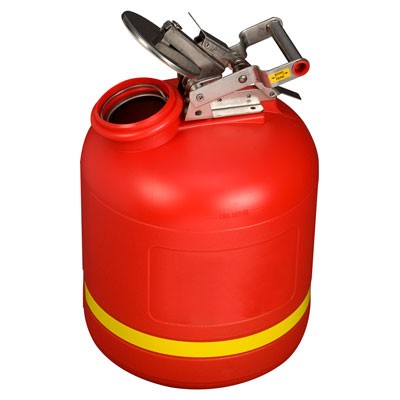Industrial Wastewater Treatment: Custom-made Solutions for Facility Wastewater Challenges
Industrial Wastewater Treatment: Custom-made Solutions for Facility Wastewater Challenges
Blog Article
Just How Liquid Garbage Disposal Works: A Detailed Overview of Methods and Technologies Used

Summary of Fluid Waste Kind
The intricacy of liquid waste types necessitates an extensive understanding of their features and implications for disposal. Liquid waste can broadly be classified into numerous kinds, consisting of commercial, metropolitan, agricultural, and harmful waste. Each category shows distinctive residential or commercial properties, requiring specific monitoring strategies to alleviate environmental and health dangers.
Industrial fluid waste originates from making processes and commonly includes an array of pollutants, such as hefty metals, solvents, and organic compounds. Metropolitan fluid waste, mostly consisting of wastewater from families and business establishments, includes raw material, nutrients, and virus (industrial wastewater treatment). Agricultural liquid waste, including overflow from ranches, may contain plant foods, chemicals, and pet waste, presenting dangers to water quality and ecological communities
Hazardous fluid waste is defined by its poisoning, sensitivity, or prospective to create injury. This classification includes materials like acids, bases, and certain chemicals that demand rigid handling and disposal methods. Understanding these diverse fluid waste types is crucial for developing reliable disposal approaches and making certain conformity with ecological regulations. Proper category and characterization are crucial for carrying out suitable treatment methods and minimizing the damaging influences on public wellness and the setting.
Physical Treatment Approaches

Testing is the initial step, where bigger particles and particles are removed from the liquid waste utilizing displays or grates. In sedimentation storage tanks, larger fragments settle at the bottom, creating a sludge layer, while the clarified liquid can be further treated.
Filtration is another important method that entails passing the fluid with permeable products, such as sand or membranes, to record smaller fragments. This step improves the high quality of the fluid, making it ideal for subsequent therapy processes.

Chemical Therapy Strategies
Chemical treatment techniques are important for effectively handling liquid waste, especially in dealing with dissolved and colloidal impurities that physical approaches might not adequately get rid of. These strategies use different chemical agents to reduce the effects of, precipitate, or transform unsafe compounds into much less dangerous types.
One typical method is coagulation and flocculation, where chemicals such as alum or ferric chloride are contributed to advertise the aggregation of put on hold bits. This procedure enhances sedimentation, enabling much easier removal of the resulting sludge. Additionally, oxidation procedures, employing representatives like chlorine or ozone, are employed to break down complicated natural substances and pathogens, rendering the waste safer for discharge or further treatment.
Neutralization is another vital technique, which changes the pH of acidic or alkaline waste streams to neutral degrees, stopping potential damage to downstream systems and the setting. Furthermore, advanced oxidation procedures (AOPs) use combinations of oxidants and ultraviolet light to degrade relentless contaminants, attaining a higher degree of therapy efficiency.
Biological Treatment Processes
Organic treatment processes play an important function in the administration of fluid waste by utilizing bacteria to decay organic matter and reduce impurity levels. These procedures can be generally classified into cardiovascular and anaerobic therapies, each using specific microbial areas to achieve reliable waste deterioration.
Cardiovascular therapy includes using oxygen to assist in the break down of organic materials by microorganisms. This procedure is commonly applied in triggered sludge systems, where oygenation storage tanks give a favorable environment for microbial growth, resulting in the oxidation of natural pollutants. The resultant biomass can be divided from dealt with effluent via sedimentation.
In contrast, anaerobic therapy occurs in the lack of oxygen, counting on various germs to damage down raw material. This method is specifically beneficial for high-strength waste, as it generates biogas, an eco-friendly energy resource, while lowering sludge manufacturing. Technologies such as anaerobic digesters are regularly employed in municipal and industrial applications.
Both aerobic and anaerobic organic treatments not only lessen the ecological influence of fluid waste however likewise promote source recuperation, making them essential parts of sustainable waste monitoring methods. Their efficiency, efficiency, and versatility sustain their extensive implementation throughout numerous markets.
Arising Technologies in Disposal
Innovative methods to liquid garbage disposal are swiftly evolving, driven by innovations in technology and a raising emphasis on sustainability. Among these arising technologies, membrane bioreactors (MBRs) have actually obtained traction for their capability to combine biological treatment with membrane layer purification, causing high-quality effluent that can be recycled in different applications. MBRs make it possible for smaller sized footprints and extra efficient procedures compared to standard systems.
One more appealing growth is using anaerobic food digestion combined with nutrient recuperation innovations, which not just deals with liquid waste yet also produces biogas and recoups beneficial nutrients like nitrogen and phosphorus. This twin advantage boosts resource effectiveness and minimizes ecological effect.
Furthermore, progressed oxidation procedures (AOPs) are being taken on for the destruction of complicated organic toxins. These approaches use powerful oxidants and drivers to damage down contaminants at the molecular level, using a highly reliable service for challenging waste streams.
Moreover, the combination of man-made knowledge liquid waste disposal melbourne and machine discovering in waste monitoring systems is optimizing functional efficiency and anticipating maintenance, resulting in reduced prices and improved environmental compliance. These technologies reflect a significant change towards more reliable and sustainable liquid garbage disposal techniques.
Final Thought
In final thought, effective liquid waste disposal requires a thorough understanding of different methods and innovations. The combination of physical, chemical, and organic therapy approaches makes certain the reliable administration of diverse waste kinds. Moreover, the emergence of ingenious technologies improves treatment effectiveness and advertises sustainability in waste administration practices. By continuously advancing these methodologies, it ends up being possible to attend to the expanding challenges related to fluid waste, ultimately contributing to ecological protection and source healing.
Liquid waste disposal is a vital aspect of ecological management, requiring a thorough understanding of numerous methods and modern technologies customized to various waste kinds. Liquid waste can generally be categorized right into numerous kinds, consisting of commercial, local, farming, and hazardous waste. Agricultural liquid waste, including overflow from farms, might include plant foods, chemicals, and animal waste, presenting risks to water top quality and communities.
Various physical treatment methods play a crucial function in taking care of fluid waste successfully - industrial wastewater treatment.In verdict, effective fluid waste disposal necessitates a detailed understanding of various techniques and modern technologies
Report this page